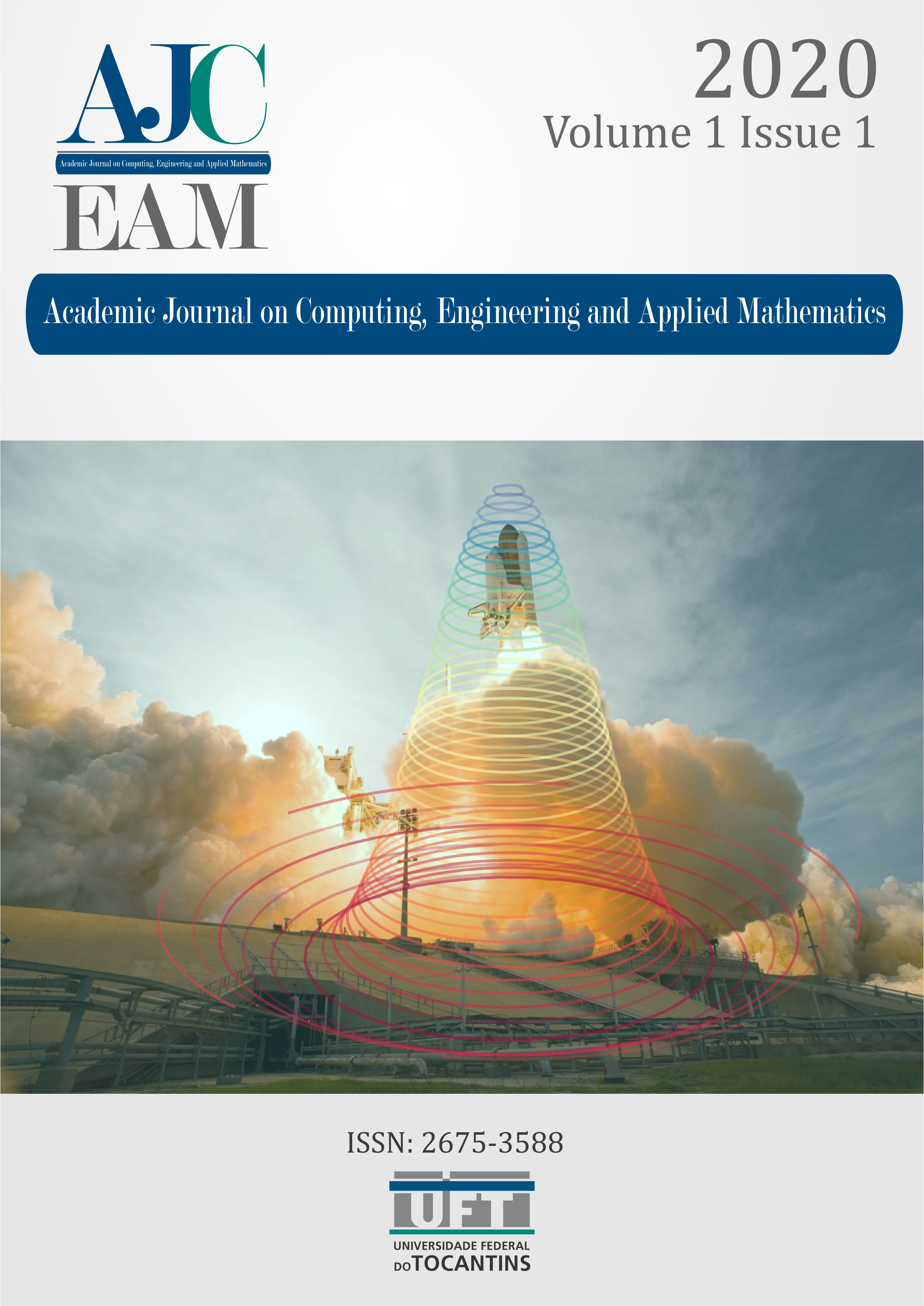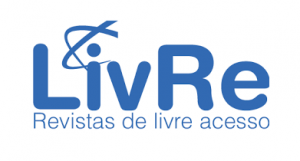Steganography Genetic Algorithm Hyperparameter Tuning through Response Surface Methodology
DOI:
https://doi.org/10.20873/uft.2675-3588.2020v1n1p13Keywords:
RSM, Steganography, Genetic Algorithms, Hyperparameter OptimizationAbstract
Steganography consists of hidding bits of an information source into a host source. In image processing, a common way of doing the hiding process is to break each byte from the message information and embbed into the message bytes in a way that the differences among the original host and the embedded one is minimized. A genetic algorithm can be used to find the proper combination of bits in order to minimize such differences, but some hyperparameters need to be optimized in order to get an optimized performance. This work investigates the application of Response Surface Methodology in order to find the best hyperparameters of a genetic algorithm applied to image steganography.
Downloads
Published
How to Cite
License
Copyright (c) 2020 Warley Gramacho da Silva; Rafael Lima de Carvalho, Glêndara Aparecida de Souza Martins

This work is licensed under a Creative Commons Attribution-NonCommercial 4.0 International License.
Authors who publish in this journal agree to the following terms:
- Authors retain copyright and grant the journal the right of first publication, with work simultaneously licensed under the Creative Commons Attribution License (CC BY-NC 4.0), allowing work sharing with acknowledgment of the work's authorship and initial publication in this journal. ;
- Authors are authorized to enter additional contracts separately for the non-exclusive distribution of the version of the work published in this journal (eg, publishing in an institutional repository or as a book chapter), with acknowledgment of authorship and initial publication in this journal;
- Authors are allowed and encouraged to post and distribute their work online (eg, in institutional repositories or on their personal page) at any point after the editorial process;
- In addition, the AUTHOR is informed and agrees with the journal that, therefore, his paper may be incorporated by the AJCEAM into existing or existing scientific information systems and databases (indexers and databases). in the future (indexers and future databases), under the conditions defined by the latter at all times, which will involve at least the possibility that the holders of these databases may perform the following actions on the paper:
- Reproduce, transmit and distribute the paper in whole or in part in any form or means of existing or future electronic transmission, including electronic transmission for research, viewing and printing purposes;
- Reproduce and distribute all or part of the article in print;
- Translate certain parts of the paper;
- Extract figures, tables, illustrations, and other graphic objects and capture metadata, captions, and related article for research, visualization, and printing purposes;
- Transmission, distribution, and reproduction by agents or authorized by the owners of database distributors;
- The preparation of bibliographic citations, summaries and indexes and related capture references from selected parts of the paper;
- Scan and/or store electronic article images and text.



